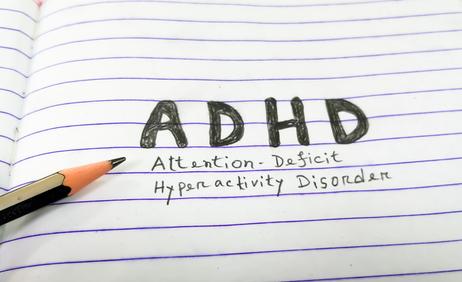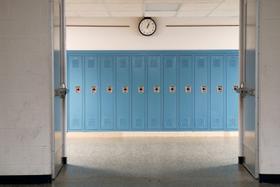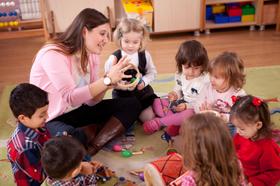Attention Deficit Disorder is a common disorder that afflicts both children and adults. I have taught children who have been diagnosed with ADHD. I also have managed adult employees who had ADHD as well. So, here are the questions I would ask if I thought my child might have Attention Deficit Disorder.
Disclaimer: I have researched answers to these questions that link to or refer back to authoritative sources. However, I am not a healthcare professional. So, always consult a healthcare professional with your specific concerns and questions.
How do you define Attention Deficit Disorder?
Attention-deficit/hyperactivity disorder (ADHD) is a neurodevelopmental disorder characterized by persistent patterns of inattention, hyperactivity, and impulsivity that interfere with daily functioning and development.
According to the American Psychiatric Association's Diagnostic and Statistical Manual of Mental Disorders (DSM-5), there are three main subtypes of ADHD:
Inattentive presentation
In this presentation, symptoms of inattention are looked for, such as difficulty paying attention, being easily distracted, and frequently making careless mistakes in their schoolwork or other activities.
Hyperactive-impulsive presentation
In this presentation, children will display symptoms of hyperactivity and impulsivity, such as fidgeting, excessive talking, difficulty waiting for their turn, and interrupting others.
Combined presentation
In this subtype, children display symptoms of both inattention and hyperactivity-impulsivity.
This video offers an overview of ADHD in children.
What are the signs


















